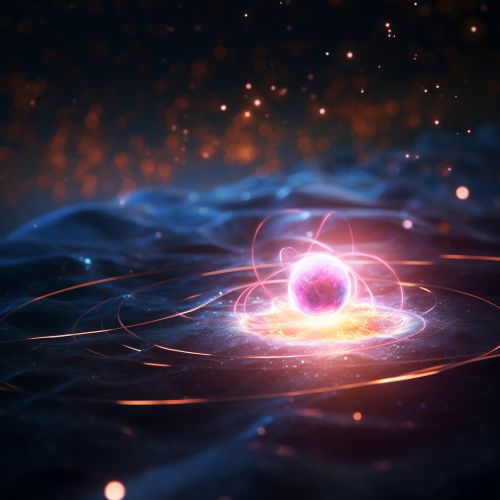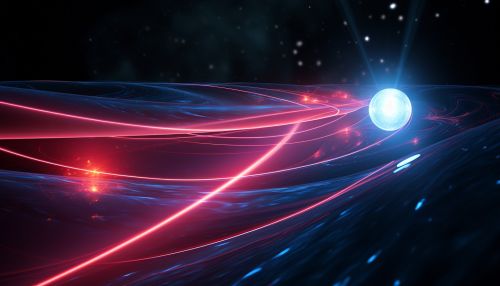Photoelectric Effect
Introduction
The photoelectric effect is a significant phenomenon in the field of quantum mechanics. It describes the emission of electrons, or photoelectrons, from a material when it absorbs light or other forms of electromagnetic radiation.


Historical Background
The photoelectric effect was first observed by German physicist Heinrich Rudolf Hertz in 1887. However, it was not until 1905 that Einstein provided a comprehensive explanation of the phenomenon, which later earned him the Nobel Prize in 1921.
Theoretical Explanation
The photoelectric effect can be explained using the principles of quantum mechanics. When light, which can be thought of as a stream of particles called photons, hits a material, it can transfer energy to the electrons in the material. If the energy of the photon is high enough, it can overcome the binding energy of the electron, causing the electron to be emitted from the material.


Experimental Observations
Several key observations have been made in experiments involving the photoelectric effect:
1. The number of electrons emitted is directly proportional to the intensity of the incident light. 2. The energy of the emitted electrons does not depend on the intensity of the incident light but on its frequency. 3. There is a minimum frequency, known as the threshold frequency, below which no electrons are emitted, regardless of the intensity of the light. 4. The emission of electrons occurs almost instantaneously after the light is incident on the material, with no observable time delay.
Applications
The photoelectric effect has numerous applications in various fields:
1. In photovoltaic cells, the photoelectric effect is used to convert sunlight into electrical energy. 2. In photomultiplier tubes, the photoelectric effect is used to detect and amplify light signals. 3. In photoelectron spectroscopy, the photoelectric effect is used to study the energy levels of atoms and molecules.


